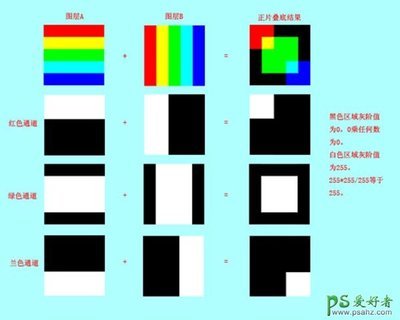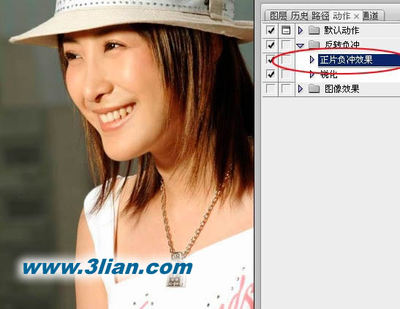一个元素就是 Array 中的一个值。Array 的长度是它可包含的元素总数。C语言中array函数要如何使用呢?以下是由小编整理关于数组array的用法的内容,希望大家喜欢!
数组array的用法
(1) 提供创建、操作、搜索和排序数组的方法,因而在公共语言运行库中用作所有数组的基类。
(2)public abstract class Array : ICloneable, IList, ICollection, IEnumerable
(3)Array 类是支持数组的语言实现的基类。但是,只有系统和编译器能够从 Array 类显式派生。用户应当使用由语言提供的数组构造。
一个元素就是 Array 中的一个值。Array 的长度是它可包含的元素总数。Array 的秩是 Array 中的维数。Array 中维度的下限是 Array 中该维度的起始索引,多维 Array 的各个维度可以有不同的界限。
(4)重要事项:在 .NET Framework 2.0 版中,Array 类实现 System.Collections.Generic.IList、System.Collections.Generic.ICollection 和 System.Collections.Generic.IEnumerable 泛型接口。由于实现是在运行时提供给数组的,因而对于文档生成工具不可见。因此,泛型接口不会出现在 Array 类的声明语法中,也不会有关于只能通过将数组强制转换为泛型接口类型(显式接口实现)才可访问的接口成员的参考主题。将某一数组强制转换为这三种接口之一时需要注意的关键一点是,添加、插入或移除元素的成员会引发 NotSupportedException。
(5)Type 对象提供有关数组类型声明的信息。具有相同数组类型的 Array 对象共享同一 Type 对象。
(6)Type.IsArray 和 Type.GetElementType 可能不返回所预期的 Array 形式的结果,因为如果某个数组被强制转换为 Array 类型,则结果是对象,而非数组。即,typeof(System.Array).IsArray 返回 false,而 typeof(System.Array).GetElementType 返回 空引用(在 Visual Basic 中为 Nothing)。
(7)与大多数类不同,Array 提供 CreateInstance 方法,以便允许后期绑定访问,而不是提供公共构造函数。
(8)Array.Copy 方法不仅可在同一类型的数组之间复制元素,而且可在不同类型的标准数组之间复制元素;它会自动处理强制类型转换。

(9)有些方法,如 CreateInstance、Copy、CopyTo、GetValue 和 SetValue,提供重载(接受 64 位整数作为参数),以适应大容量数组。LongLength 和 GetLongLength 返回指示数组长度的 64 位整数。
(10)不保证会对 Array 进行排序。在执行需要对 Array 进行排序的操作(如 BinarySearch)之前,必须对 Array 进行排序。
数组array的示例说明
Array.Copy 如何在 integer 类型的数组和 Object 类型的数组之间复制元素。
using System;
using System.Collections.Generic;
using System.Linq;
using System.Text;
using System.Reflection;
using System.IO;
namespace Array
{
class Program
{
public static void PrintValues(Object[] myArr) //打印对象数组
{
foreach (Object i in myArr)
{
Console.Write("t{0}", i);
}
Console.WriteLine();
}
public static void PrintValues(int[] myArr) //打印整形数组
{
foreach (int i in myArr)
{
Console.Write("t{0}", i);
}
Console.WriteLine();
}
static void Main(string[] args)
{
// Creates and initializes a new integer array and a new Object array.
int[] myIntArray = new int[5] { 1, 2, 3, 4, 5 };
Object[] myObjArray = new Object[5] { 26, 27, 28, 29, 30 };
// Prints the initial values of both arrays.
Console.WriteLine("Initially,");
Console.Write("integer array:");
PrintValues(myIntArray);
Console.Write("Object array: ");
PrintValues(myObjArray);
// Copies the first two elements from the integer array to the Object array.
System.Array.Copy(myIntArray, myObjArray, 2);
// Prints the values of the modified arrays.
Console.WriteLine("nAfter copying the first two elements of the integer array to the Object array,");
Console.Write("integer array:");
PrintValues(myIntArray);
Console.Write("Object array: ");
PrintValues(myObjArray);
// Copies the last two elements from the Object array to the integer array.
System.Array.Copy(myObjArray, myObjArray.GetUpperBound(0) - 1, myIntArray, myIntArray.GetUpperBound(0) - 1, 2);
//该数组是一维的,所以用GetUpperBound(0)得到第0维的上限
// Prints the values of the modified arrays.
Console.WriteLine("nAfter copying the last two elements of the Object array to the integer array,");
Console.Write("integer array:");
PrintValues(myIntArray);
Console.Write("Object array: ");
PrintValues(myObjArray);
Console.Read();
 爱华网
爱华网



